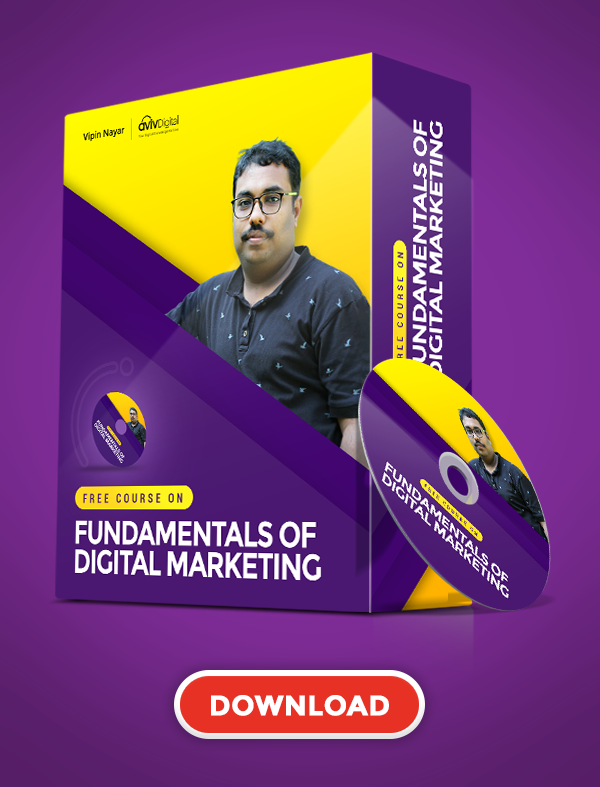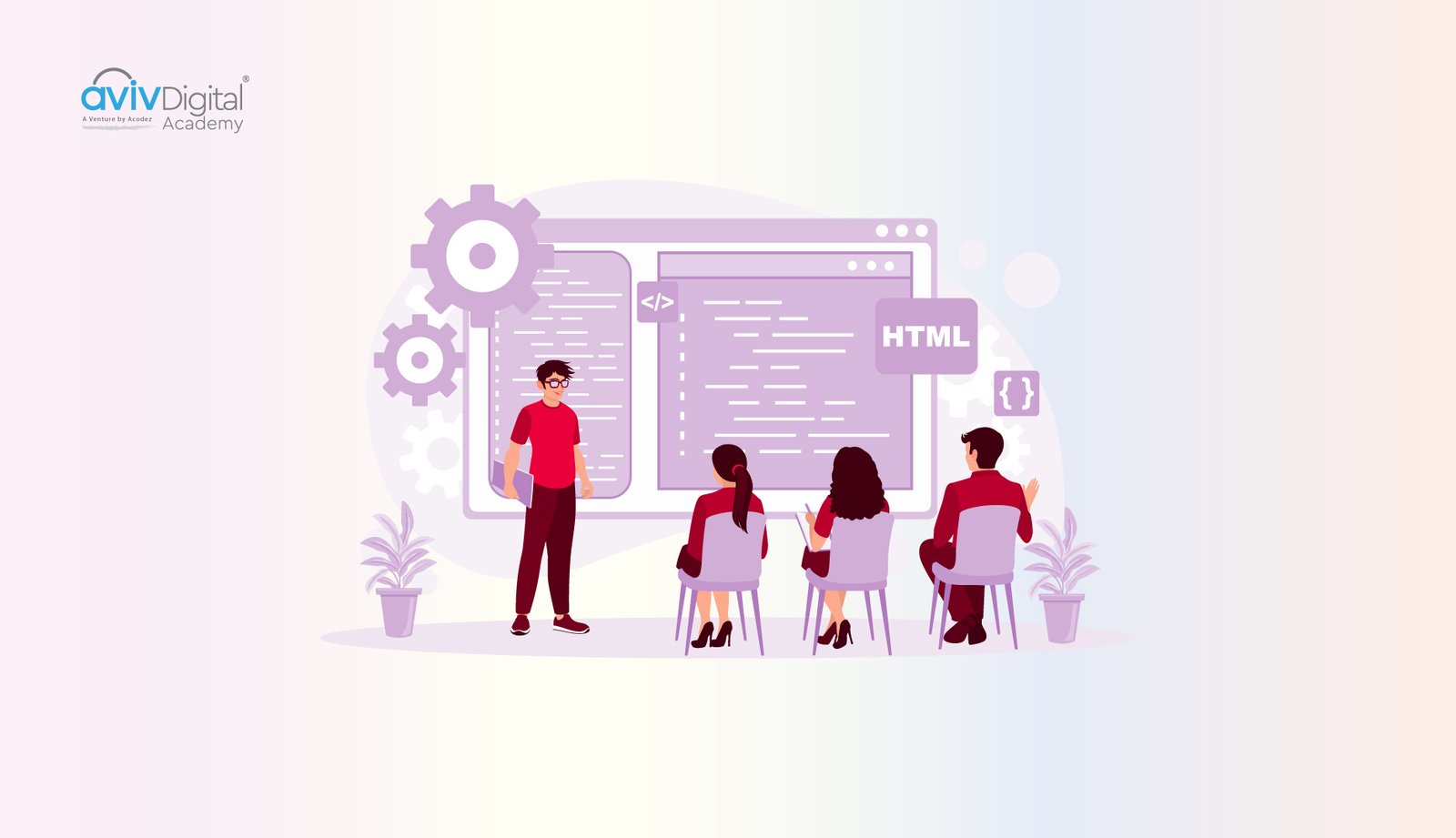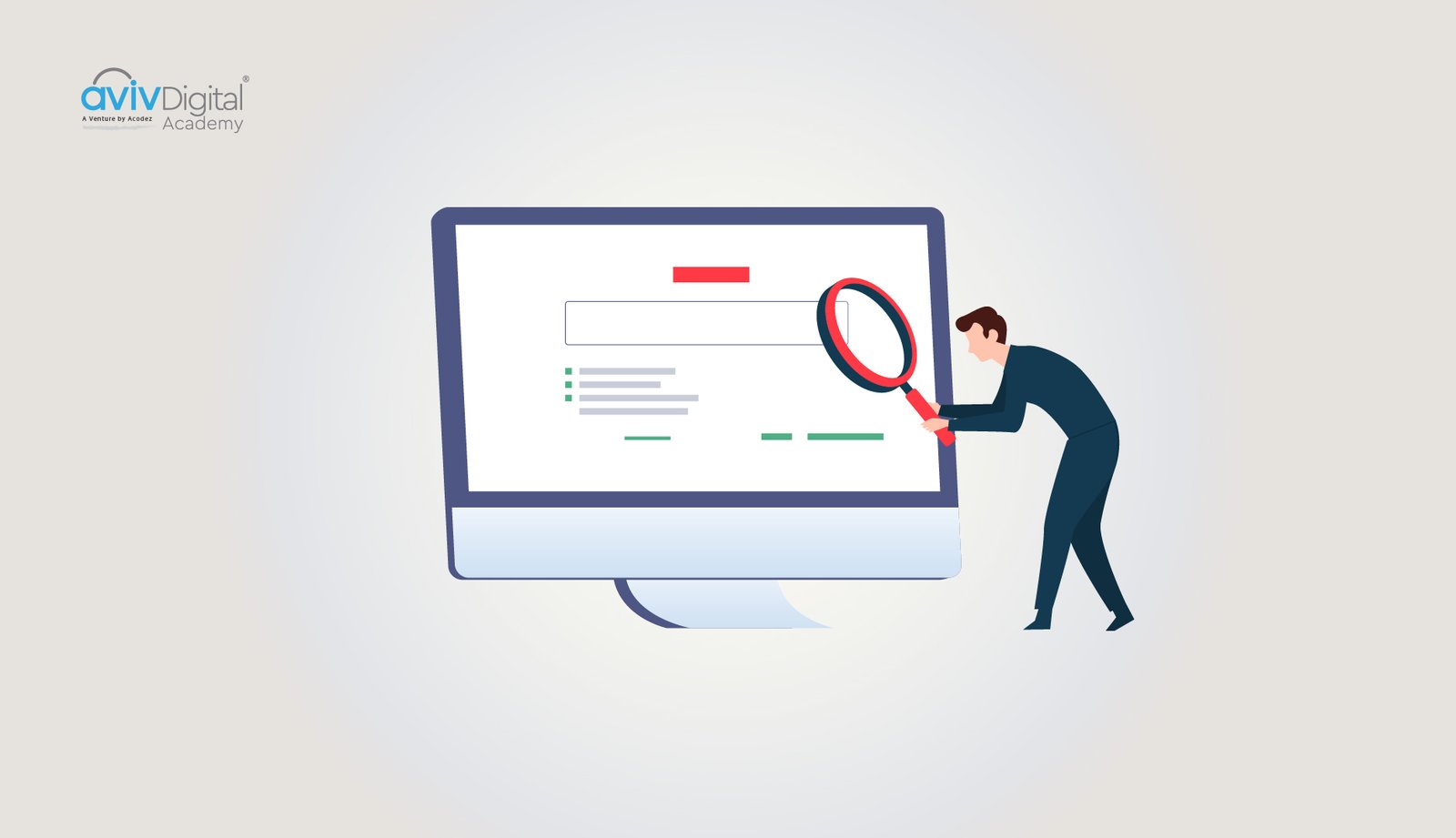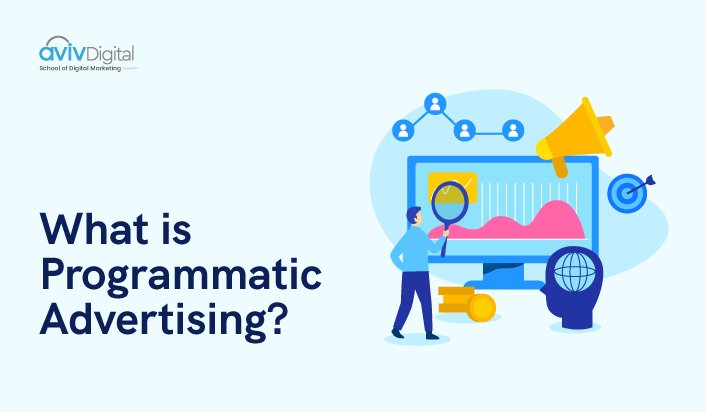
Programmatic advertising has laid new dimensions for media buying through automated tools and algorithms. With a steady increase in the popularity of programmatic ads across various channels, it is crucial to understand its concept.
Knowing everything about how programmatic advertising works with the marketing channels can help you kick off the first campaign effectively.
In this blog, let’s delve into the realm of programmatic advertising and the opportunities that it extends to your advertising campaigns.
What is Programmatic Advertising?
Programmatic advertising works about selling and buying the digital advertising space with the help of automation. Well, the concept of programmatic ads travels beyond this definition too.
The digital advertising market runs with the help of ad exchanges, which perform computerized auctions that bind both parties involved in the transaction together. The parties are advertisers, who wish to own the advertising space on the Internet, and the publishers, who are the website owners having the online space to sell.
Programmatic advertising takes the advertising process to the next level with algorithmic software. This handles the placement and sale of digital advertising impressions through the ad exchange platforms in seconds. It also incorporates traffic data and leverages online targeting techniques to serve impressions efficiently and accurately, thereby ensuring high ROI for advertisers, publishers, etc. The programmatic advertising market was valued at USD 833.16 billion in 2024 and is expected to reach USD 4,397.68 billion by 2032, growing at a CAGR of 23.21%.
Who Uses Programmatic Advertising?
A programmatic ad is a way for enterprises or businesses to advertise on online screens. Before the launch of programmatic ad buying, the traditional way involved buying and selling digital ads manually, making it an unreliable process. Programmatic ads are now achieving new heights, with the help of publishers, through enabling native ads across websites. By 2026, 90% of global digital display ad spending will be programmatic.
The key reason why publishers encourage programmatic native ads is that this space doesn’t get much affected by ad blockers compared to the other ad platforms and ad types. Additionally, it gives more time for marketers to optimize and boost advertisements using programmatic strategies and deliver success in campaigns.
How Does Programmatic Advertising Work?

Artificial Intelligence tools and technologies have algorithms that understand the behaviour of visitors to implement real-time optimizations in campaigns. Since these involve targeting an audience more likely to convert, programmatic ad companies can collect audience data more precisely.
The programmatic media buying process involves using DSPs, DMPs and SSPs. DSP or Demand Side Platforms facilitate the techniques of purchasing ad inventory in the open market, which offers the capability to hit the target audience.
Data Management Platforms or DMPs gather and analyze a substantial level of cookie data to let marketers make more refined decisions about the target audience. On the publisher end, the publishers use Supply Side Platforms or SSPs to manage the unsold ad inventories. SSP reports the data like the duration to which a visitor spends time on a specific website or the number of pages viewed per visit, etc. SSPs will take care of choosing the winning bid and contribute the winning banner advertisement on the publisher’s website.
Confused with a lot of acronyms and terms? Let’s make the process simplified as follows:
In a nutshell, the programmatic buying flow involves:
- A user clicks on a website
- The owner of the website allows the ad impression up for SSP, i.e, auction
- Advertisers serve bids for the impression, i.e, DSP
- The highest bidder succeeds in the ad impressions
- The ad gets served on the site to the user
- The user would hopefully click the ad and take actions (convert)
Classification of Programmatic Ads
In the digital media buying era, you might have heard about Real Time Bidding, or RTB, which is a type of programmatic advertising. While the static auctions in the digital ad space include buying thousands of impressions, RTB helps with bidding and separating ad impressions, which is useful in focused ad buying rather than bulk buying. The RTB market is projected to grow from USD 16.1 billion in 2024 to USD 87.9 billion by 2034, with a CAGR of 18.5%. RTB auctions complete in under 100 milliseconds in most Tier 1 markets.
Along with RTV, the programmatic ads also include advanced automated ad buying processes like ‘programmatic direct’ in which the advertiser purchases guaranteed impressions from chosen publishers or particular websites.
With programmatic direct purchases, advertisers can gain guaranteed ad space on particular publisher sites. However, it involves the least capacity to fine-tune the audience targeting process. Several programmatic buyers leverage both programmatic direct and RTB to make sure they have the right digital ad placement mix.
Categorizing the Programmatic Ads Platforms

Automated technology has created numerous strides over the past few years. Here are the three main types of programmatic ad platforms we shall discuss:
- Sell-Side Platform (SSP): Also called supply-side platform, it lets the publishers be involved in real-time selling of ad impressions to advertisers. It incorporates both ad exchanges and DSPs.
- Demand-Side Platform (DSP): This lets the advertisers buy the ad inventory across various platforms all at once.
- Ad Exchangers: It defines how the SSPs let the ad inventory flow to DSP. The DSPs link to an ad exchanger, where the prices of ads differ according to how competitive the inventory is.
How to Run These Ads & Optimize Your Campaigns
Once you accomplish your campaign goals, let it be about discovering the new product, improving sales, and defining the ad types like video ads, display ads, in-app ads, etc; and you have set DSP, let’s start going.
To improve the impact at a reduced cost, imagine the different components you need to set up the campaign. These could be duration, audience size, and other factors that determine the CPM (Cost Per Mille) you need to win the bid. Cost per mille is the cost that an advertiser spends for 1000 ad impressions for a web page.
Here, you can evaluate the budget required to run the campaign and build the bidding strategy. Based on the media types and the creative units, the CPM bid levels can vary. While display requires the lowest CPMs, video demands high CPMs.
With programmatic ads, you get the opportunity to assess the campaigns and creative effectiveness by reporting on metrics like CPC, CTR, overall conversion rates, spending, etc. With the information on the above insights, you can easily implement campaign optimization.
What Would be the Estimated Cost of Programmatic Advertising?
The programmatic ad cost varies and usually depends on CPM. CPMs differ in price according to whom you try to reach, deliver settings, make ad budget, and determine the time required to run the campaigns.
Making modifications to these factors will change the end price for every campaign. For instance, holding every other factor constant, while you reach a broad audience, CPM is usually less than when you try to hit a deep niche audience.
Ad targeting and the ad group variables affect the CPMs needed to safeguard the inventory. Through programmatic ads, the advertisers get charged the prices as per Real-time bidding.
Ways to Measure Campaign Success and KPIs
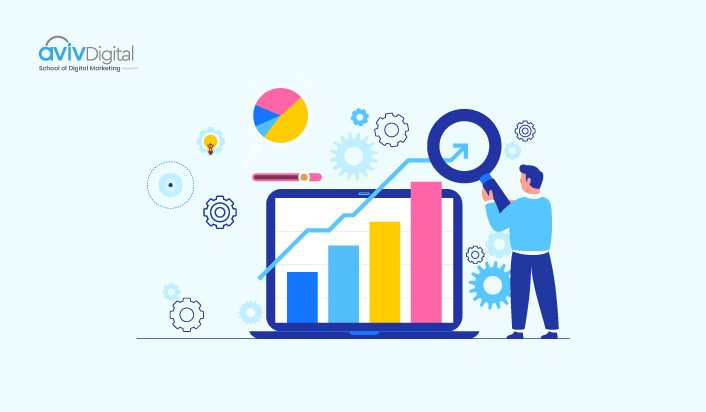
Three aspects can measure your programmatic ad campaigns: Clicks, Impressions and actions. You can also measure the KPI (Key Performance Indicators), which route back to your key business objectives.
For example, when the goal is to find out about the result of branding and awareness, the KPIs involved would be the unique reach, average frequency, brand lift, views, share of voice, etc. Similarly, when the goal is to find the interest and consideration, the KPIs would be the clicks, visits, views completed, page views, engagement, cost per acquisition etc.
Exploring the Key Advantages that Cater to the Ad’s Popularity
Programmatic ad space offers a plethora of benefits which went unimaginable a couple of years ago. This concept gets highly sophisticated with the new ad technologies coming to the vicinity. Here are a few of the key benefits of programmatic ads:
Reach
Programmatic ads support various networks and multiple ad exchanges, which lets advertisers have access to huge ad space for multiple websites in one go. The advertisers can use ads to scale at cost-effective measures with no additional work involved.
Transparency
It lets advertisers and publishers enjoy real-time access to the data regarding ad placements and related activity, which helps to boost transparency. The further step is gaining transparency in the programmatic costs, which is the major issue the industry faces.
Drives true engagement
Programmatic ads work beyond the concept of impressions. It augments advanced targeting processes like interest targeting, contextual targeting, etc, which help advertisers hit high-quality audiences, thereby maximizing conversion rates and CTRs.
Real-time reporting and data insights
Programmatic exchanges offer real-time access to the days and advanced reporting about the performance of ad placements. This can help publishers and advertisers alike to optimize their campaigns fast and accurately.
Relevance
It assists advertisers to gain access to the huge ad inventory across various ad exchanges and networks. This can be done within clicks, which also includes private marketplaces and premium inventory with significant traffic. Advertisers can use programmatic ads to improve the relevancy of ads for particularly targeted audiences and maximize ROIs.
AI and Machine Learning in Programmatic Optimization
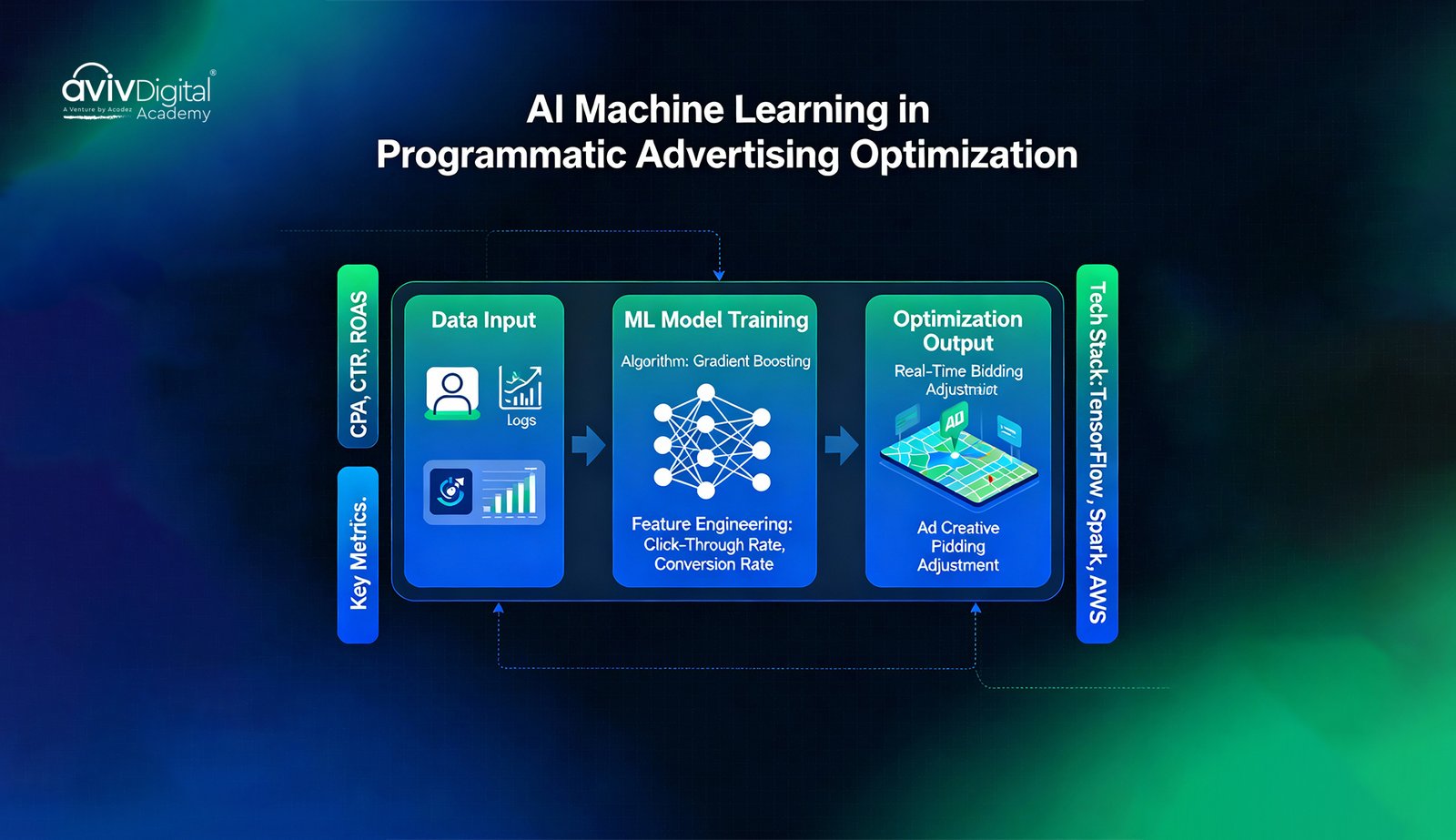
Artificial intelligence and machine learning have revolutionized programmatic advertising by enabling unprecedented levels of automation and precision. Modern programmatic platforms leverage AI algorithms to analyze vast amounts of consumer data, including demographics, browsing behavior, and purchase history, to make split-second bidding decisions.
The integration of AI in programmatic advertising offers several key advantages. Predictive analytics help advertisers forecast customer behavior and optimize bids accordingly, while automated audience segmentation ensures ads reach the most relevant users. Machine learning algorithms continuously learn from campaign performance, automatically adjusting targeting parameters and bid strategies to improve ROI.
Leading programmatic platforms now use generative AI for dynamic creative optimization, automatically creating and testing different ad variations to identify the most effective combinations. This level of automation allows marketers to scale their campaigns while maintaining personalized messaging across diverse audience segments.
Data Privacy and Compliance Challenges
The programmatic advertising landscape faces increasing scrutiny regarding data privacy, with regulations like GDPR and CCPA reshaping how advertisers collect and use consumer data. Over €2.8 billion in GDPR fines have been issued since 2018, with marketing activities representing a significant portion of these penalties.
Key compliance requirements include obtaining explicit consent for data collection, implementing data minimization practices, and providing users with clear opt-out mechanisms. Advertisers must ensure their programmatic campaigns comply with privacy regulations by using privacy-safe identifiers and first-party data strategies.
The phase-out of third-party cookies has accelerated the adoption of contextual targeting and privacy-preserving technologies. Successful programmatic campaigns now rely more heavily on first-party data integration and privacy-compliant audience targeting methods to maintain effectiveness while respecting user privacy
Conclusion
Rather than planning the media buy on the destination, you need to realize the customers’ focus is on the entire strategy and the goal you need to reach the audience the business expects. With the capability to adjust the campaign through real-time insights, programmatic ads let you best understand the target audience, paving the way for high refinement of every marketing channel.
Instead of segmenting marketing strategies, lay focus on including all efforts together with the marketing plan that scales ROI across every customer touchpoint.
Aviv Digital is one of the leading Digital marketing course in calicut. We offer a wide variety of globally recognized certification programs that include SEO, SEM, SMM, Email Marketing and Inbound Marketing courses. For more details, Contact us at: +91 8156998844
FAQ Questions
Q1: How does programmatic advertising differ from traditional ad buying?
A: Programmatic advertising automates the ad buying process through real-time auctions, unlike traditional methods that require manual negotiations. Instead of buying bulk ad space, programmatic allows advertisers to bid on individual impressions in real-time, targeting specific users based on data like demographics, behavior, and browsing history
Q2: What is the difference between header bidding and RTB?
A: RTB (Real-Time Bidding) is the auction mechanism that enables programmatic advertising, while header bidding is a specific implementation method. Header bidding allows publishers to offer inventory to multiple exchanges simultaneously, whereas traditional RTB typically uses a waterfall approach where impressions are offered to one exchange at a time.
Q3: How fast does real-time bidding actually work?
A: RTB auctions complete in under 100 milliseconds, with the entire process from bid request to ad display happening faster than a user can blink. This includes user data analysis, bid calculation, auction completion, and ad serving.



